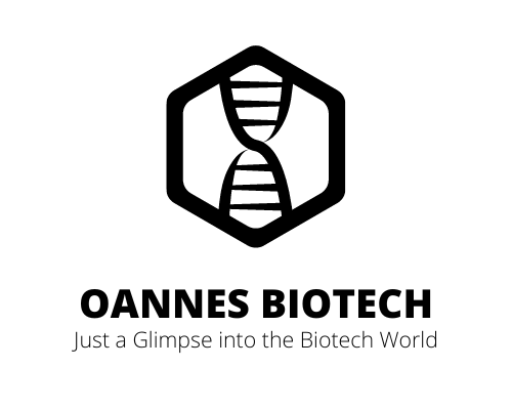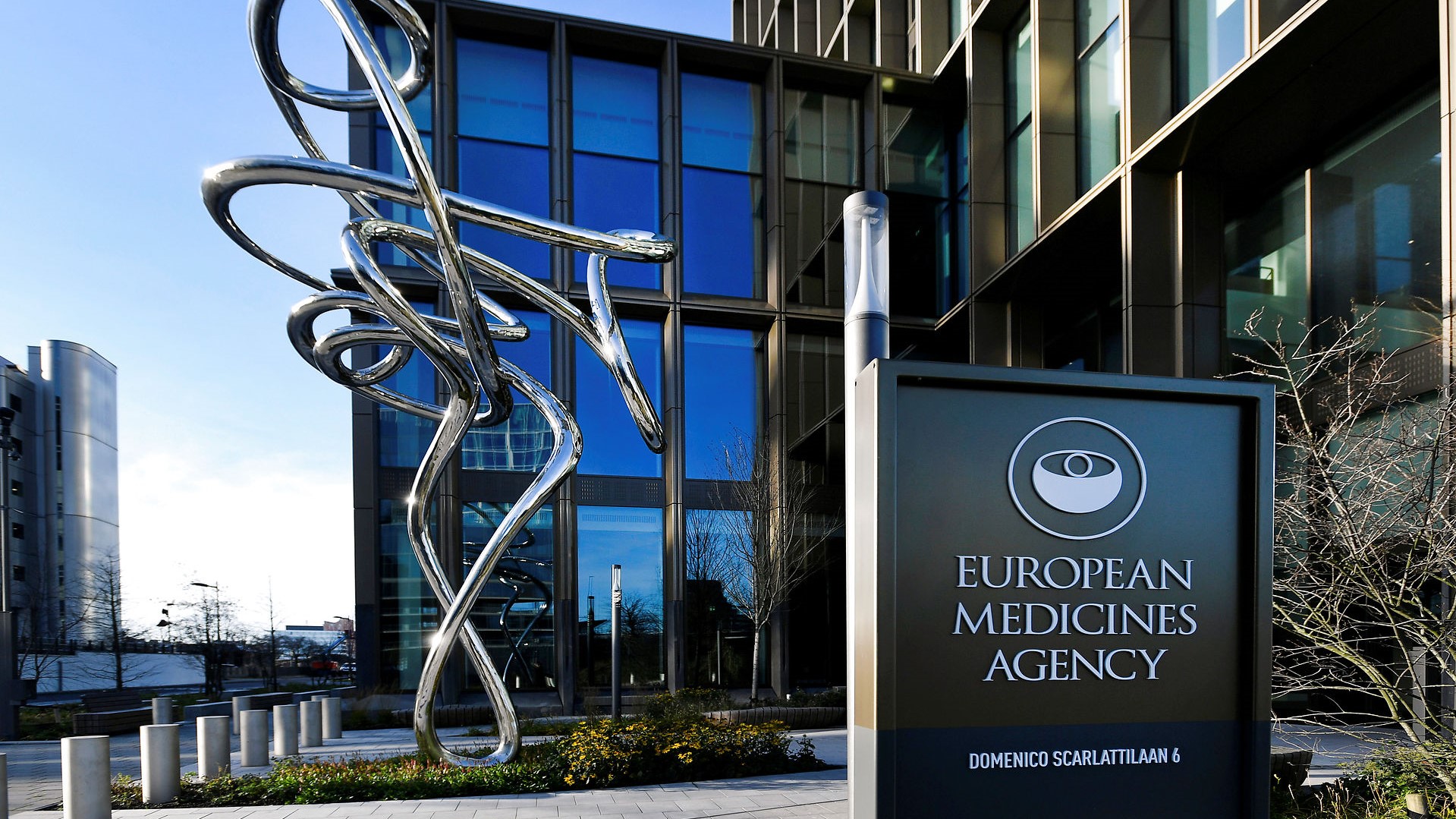A Strategic Roadmap to Harness the Power of Artificial Intelligence in Medicines Regulation
In a bold leap towards innovation, the European Medicines Agency (EMA) and the Heads of Medicines Agencies (HMAs) have laid out a comprehensive AI workplan that charts the course for the integration of artificial intelligence in medicines regulation until 2028. This strategic roadmap not only acknowledges the transformative potential of AI, but also underscores a commitment to leveraging cutting-edge technology to enhance the efficiency and effectiveness of the regulatory process.
Embracing the Power of Artificial Intelligence
As stated in the document, “the application of AI requires a collaborative, coordinated strategy to maximize the benefits from AI while ensuring that uncertainty is adequately explored and risks are mitigated.”
As the field of healthcare continues to evolve, the incorporation of artificial intelligence has emerged as a game-changer. The EMA and HMAs’ joint AI workplan signifies a collective recognition of the profound impact AI can have on medicines regulation. The plan aims to harness the capabilities of AI to streamline regulatory processes, expedite decision-making, and ultimately ensure the safety and efficacy of medicinal products reaching the market.
EMA and HMA joined their efforts by creating the Big Data Steering Group- BDSG, a steering committee whose aim is to make sure that the European Medicines Regulatory Network (EMRN) is always at the forefront of the use of AI for medicine regulation.

Maximizing Benefits: Enhancing Regulatory Efficiency
In fact, one of the primary objectives outlined in the workplan is to maximize the benefits derived from the integration of AI into medicines regulation. By leveraging advanced technologies, regulatory agencies aspire to enhance efficiency in various aspects of their operations. Automation of routine tasks, data analysis, and decision-making processes are envisaged to streamline regulatory workflows, allowing for both more effective resource allocation and faster response times.
The workplan emphasizes the potential of AI to revolutionize pharmacovigilance efforts. Through the analysis of vast datasets, AI can aid in the early detection of safety concerns, providing regulators with valuable insights to ensure the continuous monitoring of medicinal products throughout their lifecycle.
Mitigating Risks: Ethical Considerations and Oversight
While acknowledging the transformative potential of AI, the workplan also underscores the importance of mitigating potential risks. An ethical framework is laid out to address concerns related to data privacy, security, and the responsible use of AI technologies. Regulatory oversight is positioned as a linchpin in ensuring that AI applications adhere to the highest standards, safeguarding patient safety and maintaining the integrity of the regulatory process, with a strong emphasis on transparency and accountability.
A Vision for 2028: Balancing Progress and Prudence
The EMA and HMA’s workplan envisions a visionary tone while the document encapsulates a commitment to navigating the future with prudence and foresight, knowing that the strategical integration of AI into medicines regulation can set new standards for efficiency, innovation, and patient safety.


Leave a Reply